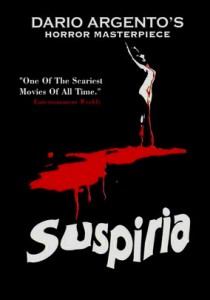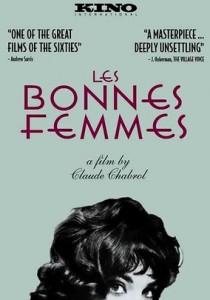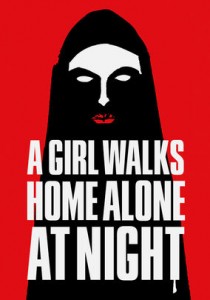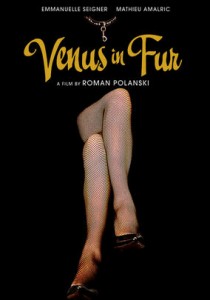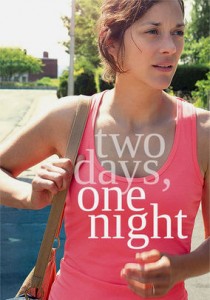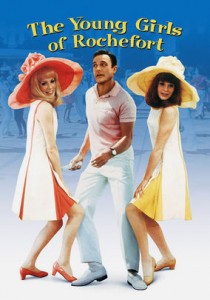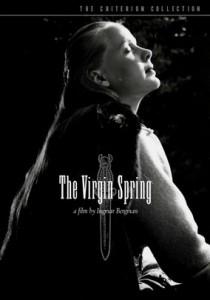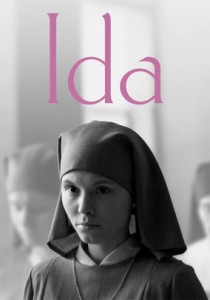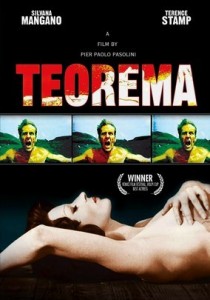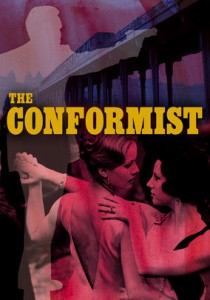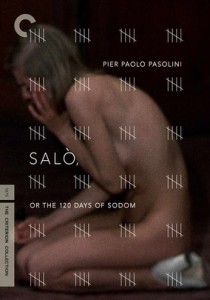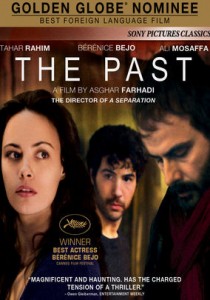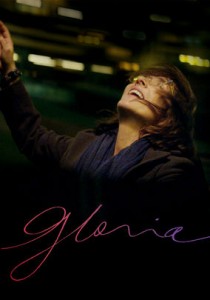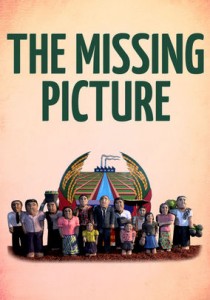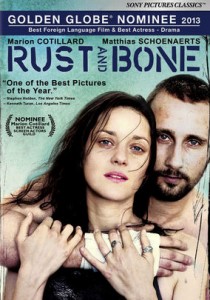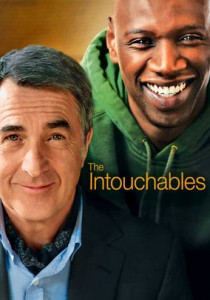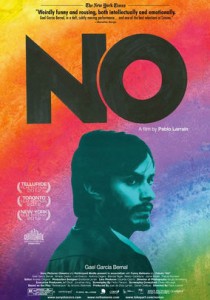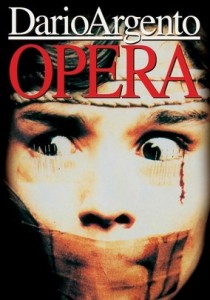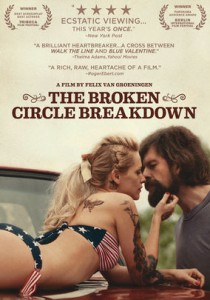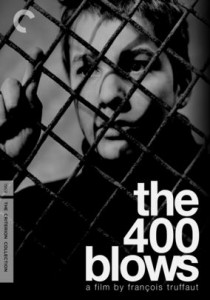Suspiria-1977
Director Dario Argento
Starring Jessica Harper, Joan Bennett, Alida Valli
Top 100 Films #54 Top 20 Horror Films #14
Scott’s Review #339
Reviewed January 9, 2016
Grade: A
Suspiria is a horror masterpiece, made in 1977, by my favorite Italian horror director, Dario Argento.
A combination of complex storytelling, glossy colors, and a unique art direction, makes this film a treasure and an influence in “the look” of a film attempting to achieve an interesting art direction choice.
The color red is highly prevalent throughout Suspiria, which makes sense due to the subject matter of witchcraft and demons. The musical score is brilliant and chilling.
This film is perfect and one of my favorites.
The film takes place in Germany and the opening sequence is fantastic. We meet our heroine, Suzy Bannion (Jessica Harper), an American ballet student, as she arrives in blustery Munich to attend a prestigious ballet school.
The shot of the driving wind and rain as she exits the airport is a great example of the ultimate style of this film.
Suzy meets a creepy taxi driver who drives her to the school, where she witnesses a frantic student, Pat Hingle, fleeing the school. Suzy is then denied access to the school by a mysterious voice over the intercom. The focus of the film then shifts briefly to Pat’s perspective as she meets a sinister fate when she stays with a friend.
One fantastic aspect of Suspiria is we know something is wrong with the ballet academy, we just do not know what or who it involves. With great creativity, Dario Argento builds a set that is modern, and sophisticated but laced with an underlying menace.
As we meet the supporting characters, Madame Blanc (Joan Bennett) and Miss Tanner (Alida Valli), we know something is not right with them either. Blanc is kindhearted; Tanner is a drill sergeant, but both seem to have something to hide and claim to know nothing of Pat’s terror.
There is also Daniel, the blind piano player, whose seeing-eye dog suddenly turns vicious.
The plot is complex and does not always make perfect sense, but the elements of Suspiria make it a masterpiece. Pat’s death scene is laced with greatness as she dangles from a high glass ceiling dripping blood. Her hysterical friend is sliced to bits by the falling glass.
This is the best double-death scene in horror film history.
When creepy maggots invade the school leaving the girls feeling for safety, the film goes all out. A later scene involving Suzy’s best friend and fellow student, Sarah, attempting to flee the school via the basement, only to struggle in a pit of razor wire is splendid.
Much of Suspiria is dubbed in English mainly due to the actors either speaking German or Italian, but Jessica Harper and Joan Bennett have distinguishable voices, which lend texture and richness to the dialogue.
Suspiria (1977) is a grand horror film, not solely for its mysterious story, but for all the added components that Argento throws into the mix- strange characters, weird sets, and the heavy dose of blood-red- pretty fitting.
